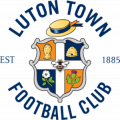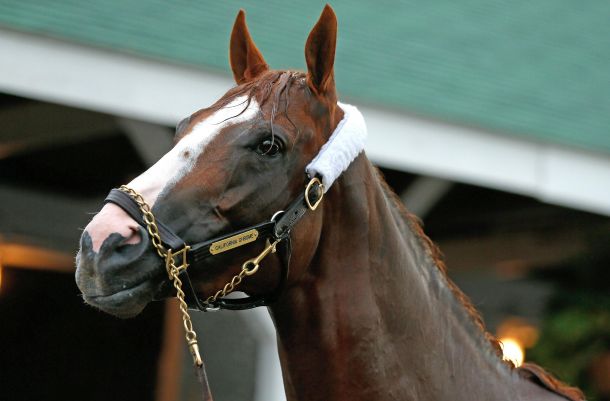This Saturday, California Chrome will be running for a chance to become the 12th Triple Crown winner in US history. Even if California Chrome manages to win the “Test of Champions,” horse racing still has a myriad of problems that need to be fixed. The lack of uniform medication rules, the decreasing number of foals, the decreasing amount of money wagered, and the proliferation of “racinos” are just a few of the prominent problems. Let’s look at these problems in depth.
The lack of uniform medication rules was evident the day after California Chrome won the Preakness. The talk that the horse may not have been entered in the Belmont Stakes due to the lack of a nasal strip says everything you need to know. The fact that nasal strips were allowed in California, Kentucky, and Maryland, but not in New York is absurd. The reason for such discrepancies is that each state has their own Racing Board that determines the rules. There is no national organization that sets such rules and determines what is allowed and was is not allowed. An easy solution to the problem is to set up a national organization or committee to make uniform rules. The issue is that each individual state would have to agree to cede control, which is an arduous task.
Another problem is the fact that the numbers of foals are decreasing in the United States. According to The Jockey Club, the recent high was in 2005 when 35,047 foals were born in the US. The estimated number of foals born in 2013 was 21,275. That is a drop of nearly 40 percent in eight years. In turn, the drop in foals has caused a drop in the number of races and number of horses per race. In 2005, there were 52,257 races in the US. By 2013, there was 43,139 races, which constitutes a 17.44 percent drop. 2013 showed only 7.85 starters per race, which is the lowest number on record. There is no doubt the economy had an impact on those numbers, but the numbers have been in a downward trend even before the economic recession. Reversing that trend is key to help horse racing thrive.
Another effect of small horse crops and smaller fields is that the amount bet on horse racing suffers. The recent high was $15.18 billion in 2003 and 2013 showed only $10.876 billion wagered. That represents a decrease of 28% in a 10-year span. Betting is what makes horse racing so fascinating, but it also is what keeps the sport alive. Not only do smaller fields and fewer horses make wagering on races unattractive, so does the fact that tracks have differing amounts of takeout. Takeout is slice of each dollar wagered taken out by a racetrack for operating costs and to fund the purses. Even worse is that tracks have differing takeout rates depending on the bet. For example, Belmont Park has a 16% takeout for Win, Place, and Show bets made. However, they also have a 24% takeout rate for trifecta and superfectas.
High takeout rates have become something of a divisive issue in horse racing. Churchill Downs, home of the Kentucky Derby, caused an uproar among bettors for raising their takeout rates before the start of the 2014 Spring/Summer meet. Not surprisingly, bettors started a boycott of Churchill Downs by not wagering on the horse racing taking place in Louisville. According to the Horseplayers Association of North America (HANA), Churchill Downs handle is down $19.3 million or 6.4 percent from 2013. If takeout is raised, less goes back to the bettors and in turn, less money goes back into the “churn,” or is wagered again. Less wagering means less more fighting for what is left.
The idea that tracks and horsemen are fighting for what is left leads to the creation of “racinos.” Simply put, “racinos” are a racetrack and casino combined into one. It seems the perfect solution. The horsemen see a substantial boost in purses, which in theory should attract a higher quality of horses, and the track operators also see the windfall on the bottom line. So, what is the problem? The bettors are nowhere in that equation and the bettors are what drive the game. With the revenue these tracks are getting from slots and card games, why can’t they lower the takeout for the bettors? The tracks are already being subsidized by slots revenues and studies have shown that lower take actually increases the amount bet at tracks. In this case, it is a win-win for everyone. Bettors get lower takeout and more money in their pockets while tracks will see a boost to their bottom line.
It is clear that many of the issues presented above are interconnected and affect the other issues in some variation. However, the issues presented above are only the tip of the iceberg. Many problems still exist in horse racing such as the amount of race dates, the lack of distance pedigrees in breeding, how to handle race day medications in the US, the aging population of bettors, the high difficulty of reading the racing form for new bettors, etc.
There is no doubt a win by California Chrome would be a boon to horse racing, especially if he races beyond 2014. However, it will only be a short-term boon and horse racing needs to look long-term if it wants to survive. It will take a lot of cooperation from tracks all around the country, but a coordinated effort to combat the most prevalent problems will go a lot further than a Triple Crown winner.









































